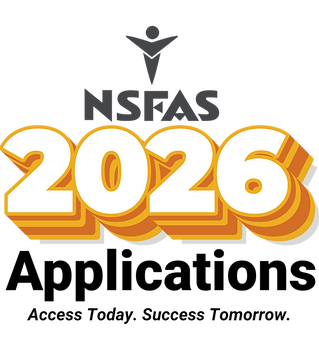
No Student Left Behind: South Africa Gears Up for the 2026 Academic Year
SOUTH AFRICA GEARS UP FOR THE 2026 ACADEMIC YEAR
In a recent briefing, South Africa’s Higher Education Minister, Buti Manamela, shared an encouraging update on how the country is preparing for the 2026 academic year. The goal is to ensure the new year starts “fairly, on time and without unnecessary barriers” for students. That means everything from bursary systems to campus safety is being addressed so teaching and learning can begin smoothly.

WHAT 'READY FOR 2026' MEANS

Manamela explained that “readiness” is about the actual student experience, not box-ticking. It is about making sure funding, applications, campus safety and other basics are all in place so the academic year starts without a hitch. With more matriculants qualifying each year, about 235,000 first-year university spots are projected for 2026. This is a big number, but still not enough for all qualified learners. That is why students are urged to apply on time and consider other options like TVET colleges, community colleges and SETA programs.
SUPPORTING STUDENTS: FUNDING AND ACCESS
Earlier in 2025, the National Student Financial Aid Scheme (NSFAS) hit a funding snag that left thousands of students unable to register. The government stepped in by reprioritising R13.3 billion to help about 34,000 students get into class. This emergency fix stabilised NSFAS for 2025. However, the scheme remains under strain from growing demand and limited funding.
Now NSFAS applications for 2026 are opening with a more user-friendly process. Students can apply online via the myNSFAS portal. It is now simpler and mobile-friendly, with automatic checks through other agencies like SASSA to reduce paperwork. Manamela urges everyone, including schools, parents, municipalities and even local internet cafés, to help students apply on time. No deserving student should be left behind by a missed deadline or confusing form.

MANY PATHS TO SUCCESS

Universities are not the only option. In 2026, about 527,000 places will be available at the 50 public TVET colleges. These institutions offer practical skills for the job market, and government plans to fund TVET students on a fee-free basis so cost is not a barrier. Community Education and Training (CET) colleges, which serve adults and young people who need a second chance, are also being revamped with programs tied to local needs.
BETTER INFRASTRUCTURE AND SUPPORT
One big challenge is student housing. Far too many learners still live in unsafe, undignified conditions. The department is partnering with universities, communities and private companies to create more accredited, affordable student accommodation and clarify who is responsible for it.
They have also launched a “War Room” where leaders from the Department, NSFAS, universities, colleges and student bodies meet weekly to fix problems in real time. If issues like delayed allowances or missing exam certificates arise they can be sorted out before disrupting classes. This all-hands approach calls on partners from all sides to help make 2026 run smoothly. For Manamela, it is not just about access but also success. It is about helping students graduate, not just enroll, and truly opening the “doors of learning and culture” for all.
At Excel@Uni, we applaud the Department for its proactive stance and commitment to ensuring that 2026 begins without unnecessary barriers. We also call on all private sector bursary providers to heed this call, step forward, and play their part in supporting student success across South Africa.

